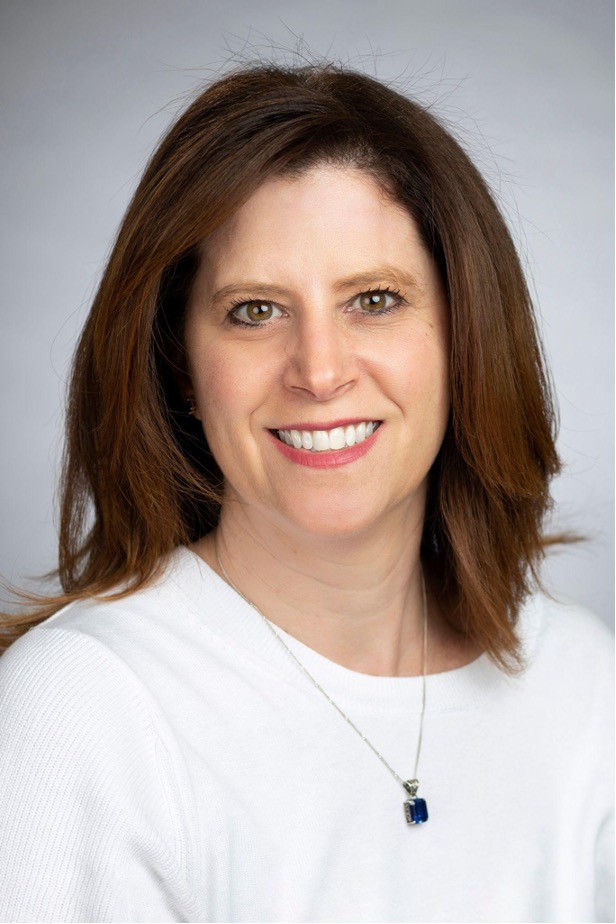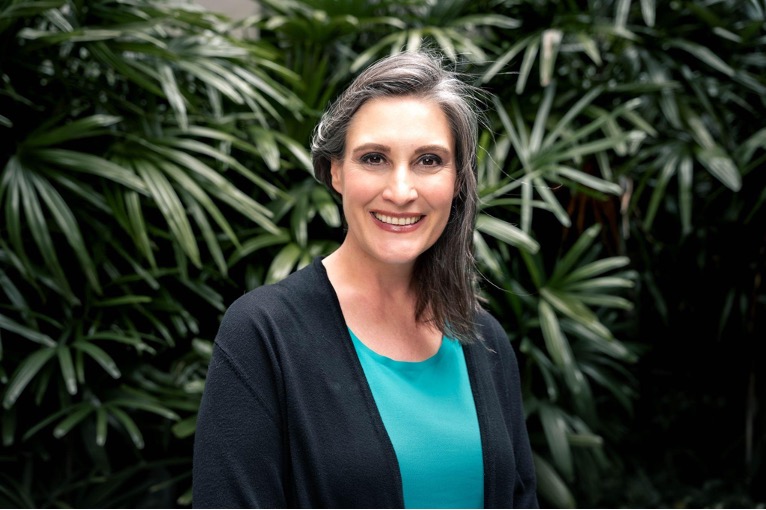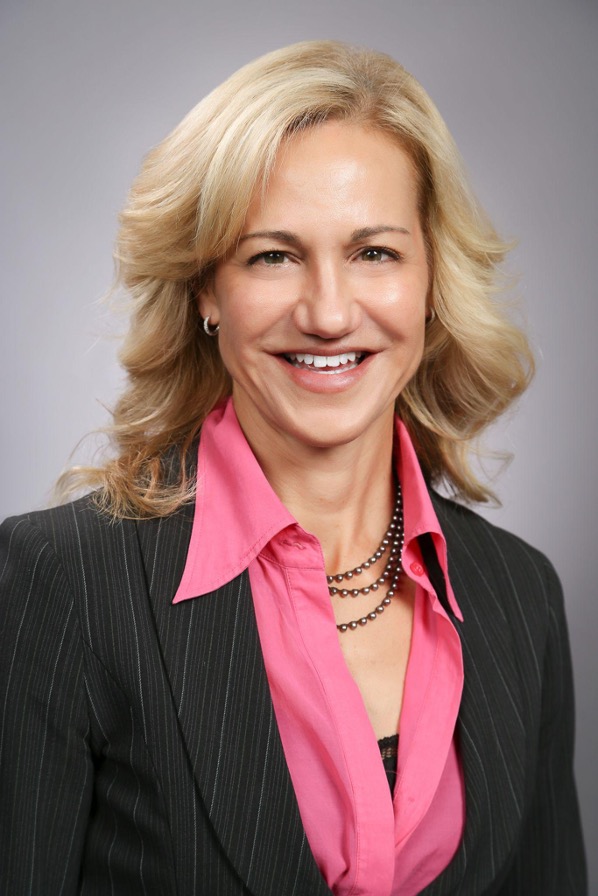|
4/14/2024 - Quinnipiac Student-led Conference
Sunday, April 14, 2024, 10:00 AM - 3:30 PM EDT
Category: Events
Quinnipiac Student-led Conference Sunday, April 14, 2024 10AM-3:30PM In-Person & Virtual Conference on Zoom North Haven Campus 370 Bassett Rd, North Haven, CT 06473 Earn up to 3 CEUs!
Members - FREE
Schedule of Events 10:00 AM Registration, MNH 105 10:30 AM-11:30 AM Session 1: “Access iMove: Facial Gesture Assistive Technology- IP Collaboration with Rehab Engineers” - Karen Majeski, MNH 101 (1.0 CEU) 11:45 PM-12:45 PM (Choose one)
12:45 PM-1:45 PM Networking Lunch 2:00 PM-3:00 PM Session 3 “Assistive Technology With Aphasia” Allison O’Neill MNH 101 (1.0 CEU) 3:00PM-3:30 PM Closing Remarks, MNH 101
SESSION DESCRIPTIONS (CHOOSE 2a OR 2b)
Session 1: 10:30 to 11:30 AM EST Title: Access iMove: Facial Gesture Assistive Technology- IP Collaboration with Rehab Engineers Presenter: Dr. Karen E. Majeski, OTD/OTR/L
Bio: Karen Majeski is an Assistant Professor of Occupational Therapy at Quinnipiac University where she teaches courses in Children & Youth and Assistive Technology Practice areas. Her clinical background is in school-based practice with an emphasis on Transition Services and Assistive Technology. She is the Technology SIS Liaison for the Connecticut Occupational Therapy Association and serves as a judge and moderator for the American Occupational Therapy Association Technology Inventors Showcase. She is published in the Journal of Assistive Technology on finding the right fit for clients who use speech generating devices. Computer Science Professors Chetan Jaiswal and Brian O'Neill and Computer Science Students Michael Ruocco and Jack Duggan will join the presentation. Abstract: Occupational Therapy Practitioners are often called upon to create low, middle, or high technology solutions for clients who cannot efficiently interact with their computer or tablet due to their motor difficulties. In some instances, clients may only be able to interact with their computer using eye-gaze technology. These technological options enable clients to communicate and participate in society. Unfortunately, often these technological options are ineffective for clients, leaving them without options or with navigation inefficiencies that lead to frustration and abandonment. This presentation will showcase the interprofessional collaboration between engineers and occupational therapists on creating a prototype of facial gesture technology called AccessiMove. This prototype uses movements of the head and eyes together via the bridge of the nose to activate the computer. Additional facial features such as eye blink and wink are programmed to allow for additional input selections.
Learning Objectives:
Session 2a: 11:45 AM to 12:45 PM EST Title: The Role of Occupational Therapy in the Future of Work Presenters: Yiyang “Sunny” Fang, OTD, OTR/L MNH, Jyothi Gupta PhD, OTR/L, FAOTA, Michael Jensen, Ed.D., OTR/L Bio: Yiyang “Sunny” Fang, OTD, OTR/L MNH
Yiyang “Sunny” Fang,OTD, OTR/L, is a PhD candidate and research assistant at the University of Southern California. Her research focuses on prevention of work-related musculoskeletal injuries; worker health and well-being promotion; and interactions between workers, workplace, and innovative technology (e.g., robotics and artificial intelligence).
Jyothi Gupta PhD, OTR/L, FAOTA Jyothi Gupta PhD, OTR/L, FAOTA, is chair of the Department of Occupational Therapy at the University of Texas Medical Branch-Galveston. She is a tenured, Robert Kendell Bing Distinguished Professor. Dr. Gupta was conferred the Fellow of the American Occupational Therapy Association (FAOTA) in 2013. Dr. Gupta’s primary scholarly interest is understanding the contextual influences on participation and their impact on community health and well-being. Some of her published studies include workplace experiences of individuals with disabilities, women and children living in chronic poverty, and cross- cultural occupational issues of immigrants and refugees. Her passion for social inclusion and strong interest in sociocultural issues culminated in Culture and Occupation, 3rd Edition (AOTA Press).
Michael Jensen, Ed.D., OTR/L Michael Jensen, Ed.D., OTR/L Assistant Professor Occupational Therapy Program University of Minnesota
Michael Jensen, EdD, OTR/L, is an Assistant Professor in the Occupational Therapy Department at the University of Minnesota. Dr. Jensen designed and supervises a university workplace wellness program designed around the occupational therapy domain and process.
Abstract:
Learning Objectives:
Session 2b: 11:45 AM to 12:45 PM EST Title: Best Practice and Innovation for Telehealth in OT Presenters: Jana Cason, DHSc, OTR/L, FAOTA, Hawaiʻi Pacific University, Professor and Director of Scholarship and Tammy Richmond, MS, OTR/L, FAOTA,CEO, Go2Care Bio: Jana Cason, DHSc, OTR/L, FAOTA
Dr. Jana Cason is Professor and Director of Scholarship at Hawaii Pacific University. She has presented at national and international conferences, authored standards and guidelines on telehealth, contributed book chapters, and published peer-reviewed journal articles. Additionally, she serves as Co-Editor in Chief of the International Journal of Telerehabilitation, a peer-reviewed journal indexed in PubMed and Scopus.
Tammy Richmond, MS OTR/L, FAOTA
Tammy Richmond, MS OTR/L, FAOTA is a leading expert in telerehabilitation and wellness services with over 35 years of experience and the CEO and founder of Go2 Care, an online telehealth company that provides virtual physical and occupational therapy and employee prevention and wellness services. She has dedicated the last 25 years to volunteer leadership and service in state and national professional organizations including the Occupational Therapy Association of California (OTAC), the American Occupational Therapy Association (AOTA), and serves as co-chair of the Telerehabilitation Special Interest Group of the American Telemedicine Association (ATA) and co-chair of the Telehealth and Digital Health Task Force of the American Congress of Rehabilitation Medicine. Ms. Richmond has co-authored national and international standards and guidelines and spearheaded policy initiatives to facilitate telerehab innovation, practice adoption and reimbursement.
CONTACT INFORMATION: Tammy Richmond MS, OTRL, FAOTA CEO/Founder Go 2 Care, Inc. Los Angeles, CA 90045 310-612-1908 Follow on Facebook: https://www.facebook.com/go2care/ Follow on Twitter: https://twitter.com/go2care Watch on Youtube: https://www.youtube.com/channel/UC0U4Hh2uR3wAcnZzj-g7ogQ
Abstract: Advances in technology are revolutionizing healthcare delivery spanning electronic health records, artificial intelligence, telehealth, and innovative clinical applications accessible through smartphones and other mobile devices. Technology has potential to enhance healthcare accessibility, streamline services within local communities, optimize chronic disease management, and foster healthier lifestyles. Occupational therapy practitioners and their clients are poised to benefit from the intersection and application of emerging technologies in practice. This presentation will focus on evidence-based service delivery models of telehealth, current policy and reimbursement, and innovations that will shape telehealth sustainability in OT.
Learning Objectives:
Session 3: 2:00 PM to 3:00 PM EST Title: The Occupational Therapists Unique Role in Trial and Implementation of Communication Technologies Presenter: Allison O'Neill, MS, OTR/L, ATP Bio: Allison O'Neill is an Occupational Therapist specializing in Assistive Technology (AT) outpatient neurological department at NYU Langone Rusk Rehabilitation. She received her Assistive Technology Professional (ATP) certification and has been working in AT at NYU for over thirteen years. Allison has experience with AT and communication technologies for the neurological and medically complex diagnoses in both the inpatient and outpatient settings. She has also taught neurological treatment, theory, and AT courses at Universities in the tri-state area. Abstract: Occupational therapists (OTs) have a unique role in the access and functional implementation of communication technologies. This presentation will address the need for OTs in the interdisciplinary team for the trial and training of Augmentative Alternative Communication (AAC). Additionally, AAC devices can often promote independence in instrumental activities of daily living (IADL), and improve quality of life. Specific examples and strategies will be provided to ensure equipment success as well as how OTs can justify these services. Lastly, this presentation will provide specific strategies for implementation of AAC reduce equipment abandonment. Learning Objectives:
|

 Prev Month
Prev Month View Month
View Month Search
Search Go to Month
Go to Month Next Month
Next Month






 Export Event
Export Event